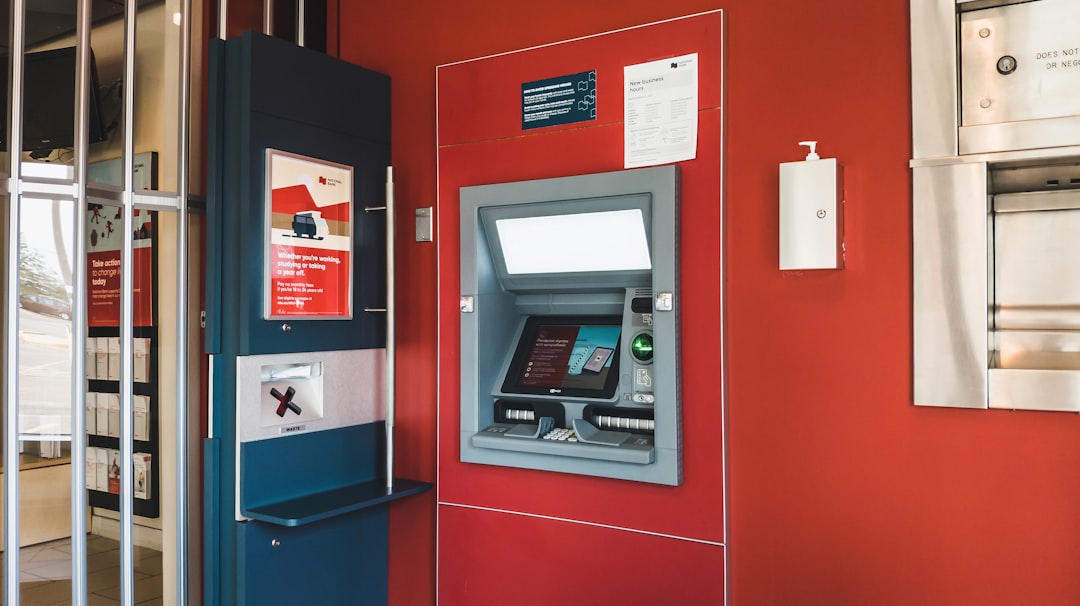
As winter approaches and the first snowflakes start to fall, it is important for anyone living in a cold climate to take measures to ensure safety and efficiency. One crucial aspect of this is monitoring and understanding the snow depth in your area. By utilizing a snow depth sensor, you can stay one step ahead of the snowfall, making informed decisions about snow removal, travel plans, and overall winter preparedness. In this guide, we will explore the technology behind snow depth sensors and the many benefits they offer.
What is a Snow Depth Sensor?
A snow depth sensor is a device that accurately measures the depth of snow on the ground. It uses various technologies to provide real-time data, allowing users to monitor snow accumulation and make informed decisions based on the information gathered. These sensors are typically installed in strategic locations and can be connected to monitoring systems or weather stations for easy access to data.
How Do Snow Depth Sensors Work?
Snow depth sensors utilize different technologies to measure the depth of snow, including ultrasonic, laser, and radar-based systems. Ultrasonic sensors emit high-frequency sound waves that bounce off the surface of the snow and return to the sensor. By measuring the time it takes for the sound waves to travel, the sensor can calculate the snow depth accurately.
Another type of snow depth sensor uses laser technology. These sensors emit laser beams and measure the distance between the sensor and the snow surface based on the time it takes for the laser beam to reflect back. This information is then used to determine the snow depth.
Lastly, radar-based snow depth sensors emit radio waves that penetrate the snowpack. By measuring the strength and reflection of these radio waves, the sensor can determine the snow depth.
Benefits of Snow Depth Sensors
1. Accurate and Real-Time Data: Snow depth sensors provide accurate and up-to-date information on the snow accumulation in your area. This data is essential for making informed decisions regarding snow removal, winter sports activities, and overall winter preparedness.
2. Improved Safety: By knowing the exact snow depth in your area, you can ensure the safety of yourself, your family, and your community. You can plan your travel routes accordingly, choose the appropriate winter tires, and take necessary precautions to prevent accidents related to snow-covered roads or walkways.
3. Efficient Snow Removal: Snow depth sensors enable efficient snow removal operations. Municipalities and businesses can use the data provided by these sensors to allocate resources effectively and clear the snow in a timely manner. This leads to improved road conditions, reduced traffic congestion, and enhanced public safety.
4. Cost Savings: By accurately monitoring snow accumulation, you can avoid unnecessary snow removal operations. This can result in significant cost savings for municipalities, businesses, and homeowners.
5. Environmental Considerations: Snow depth sensors can help monitor snowpack levels, which are crucial for water resource management. This information is essential for assessing water availability, determining flood risks, and planning water distribution during the spring melt.
Conclusion
Snow depth sensors are essential tools for monitoring and understanding snow accumulation in your area. By providing accurate and real-time data, these sensors enable you to make informed decisions regarding snow removal, travel plans, and overall winter safety. With the numerous benefits they offer, snow depth sensors are becoming more commonplace in cold climate regions. So, as the winter season approaches, consider investing in a snow depth sensor to ensure your safety and efficiency in dealing with snowfall.